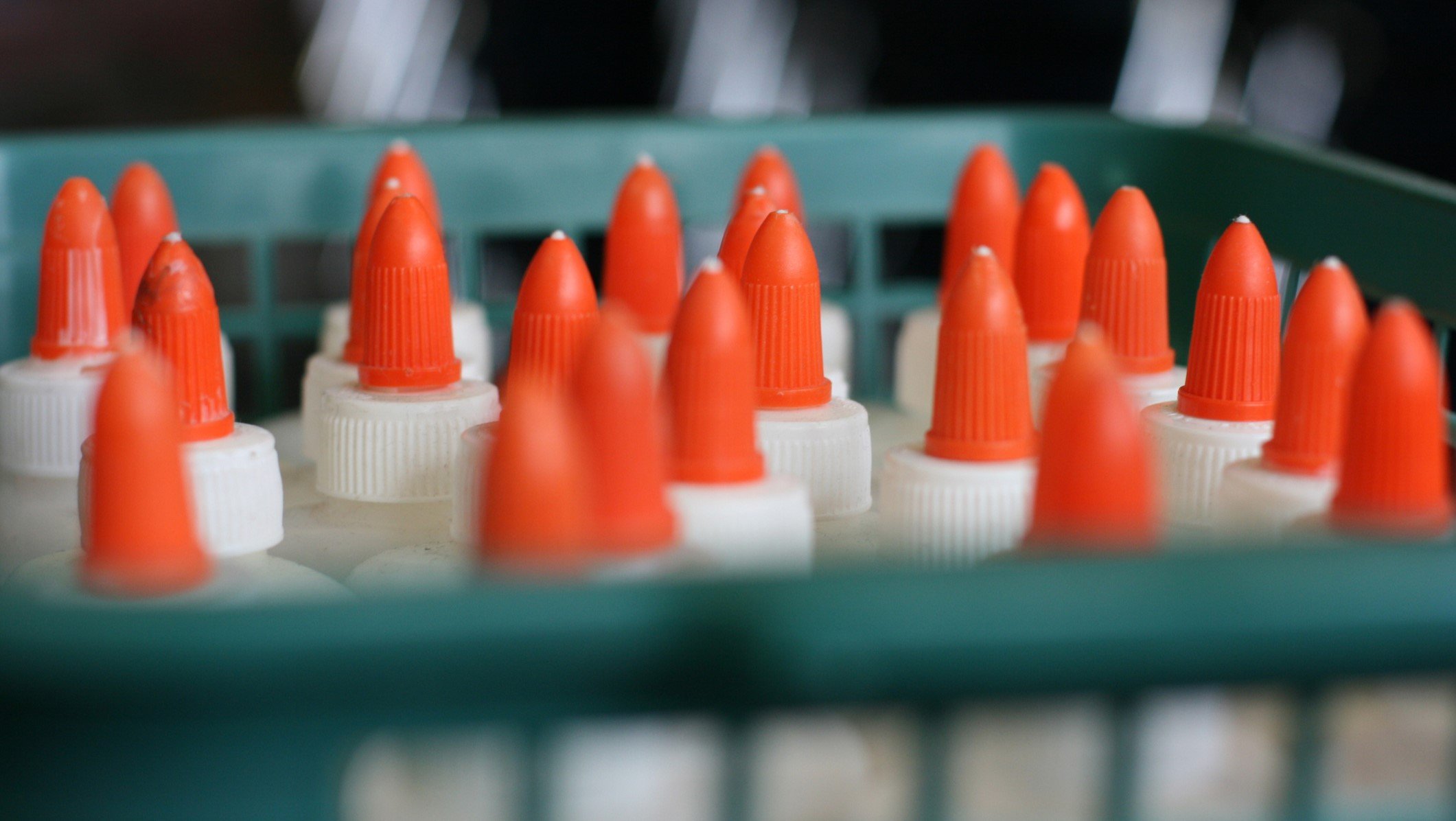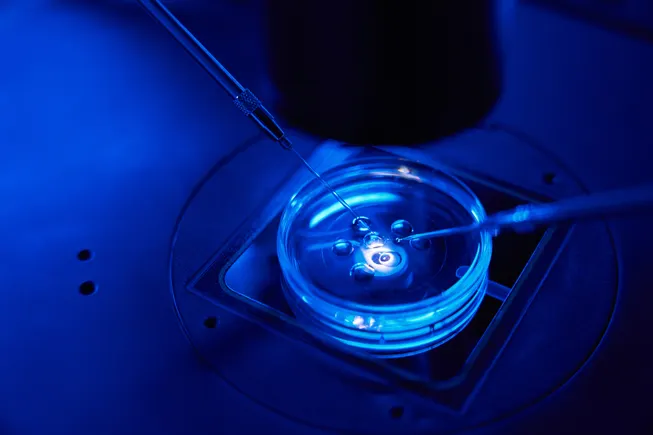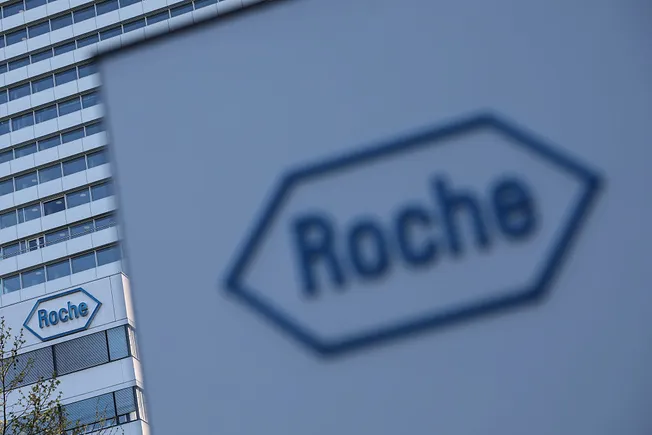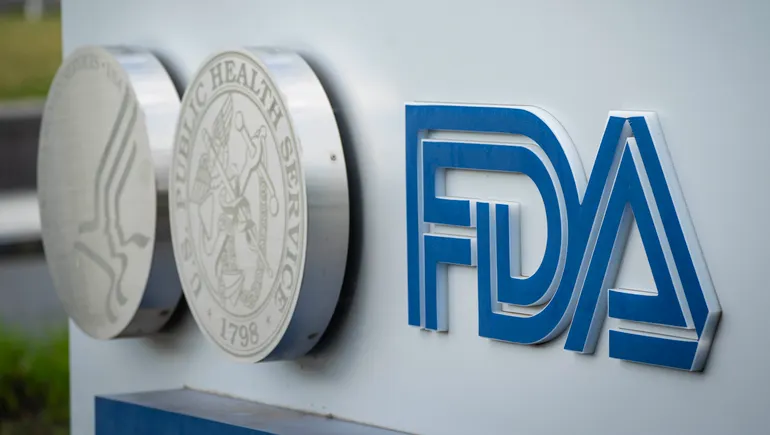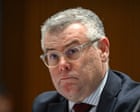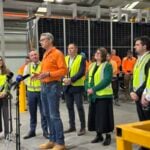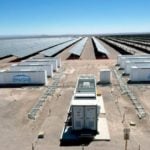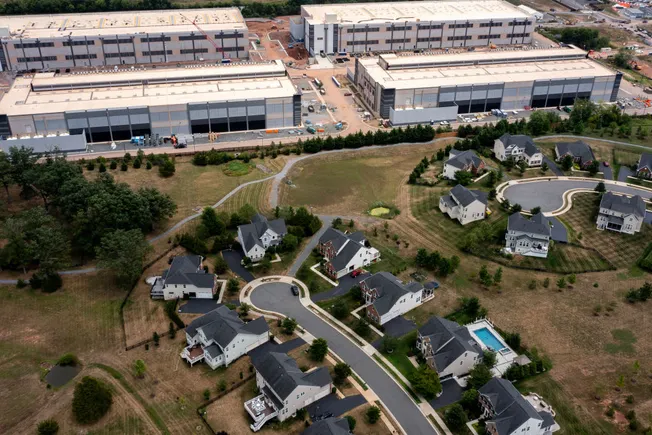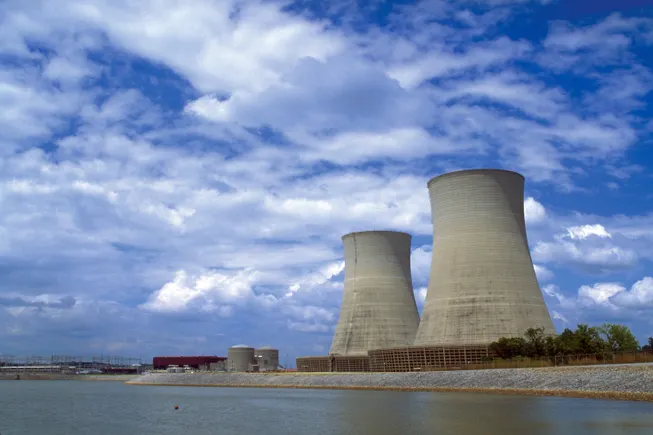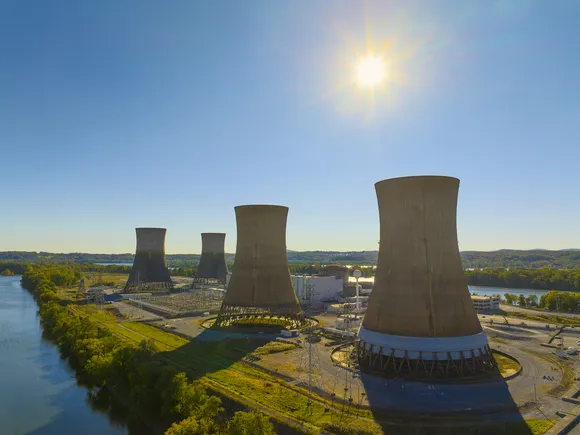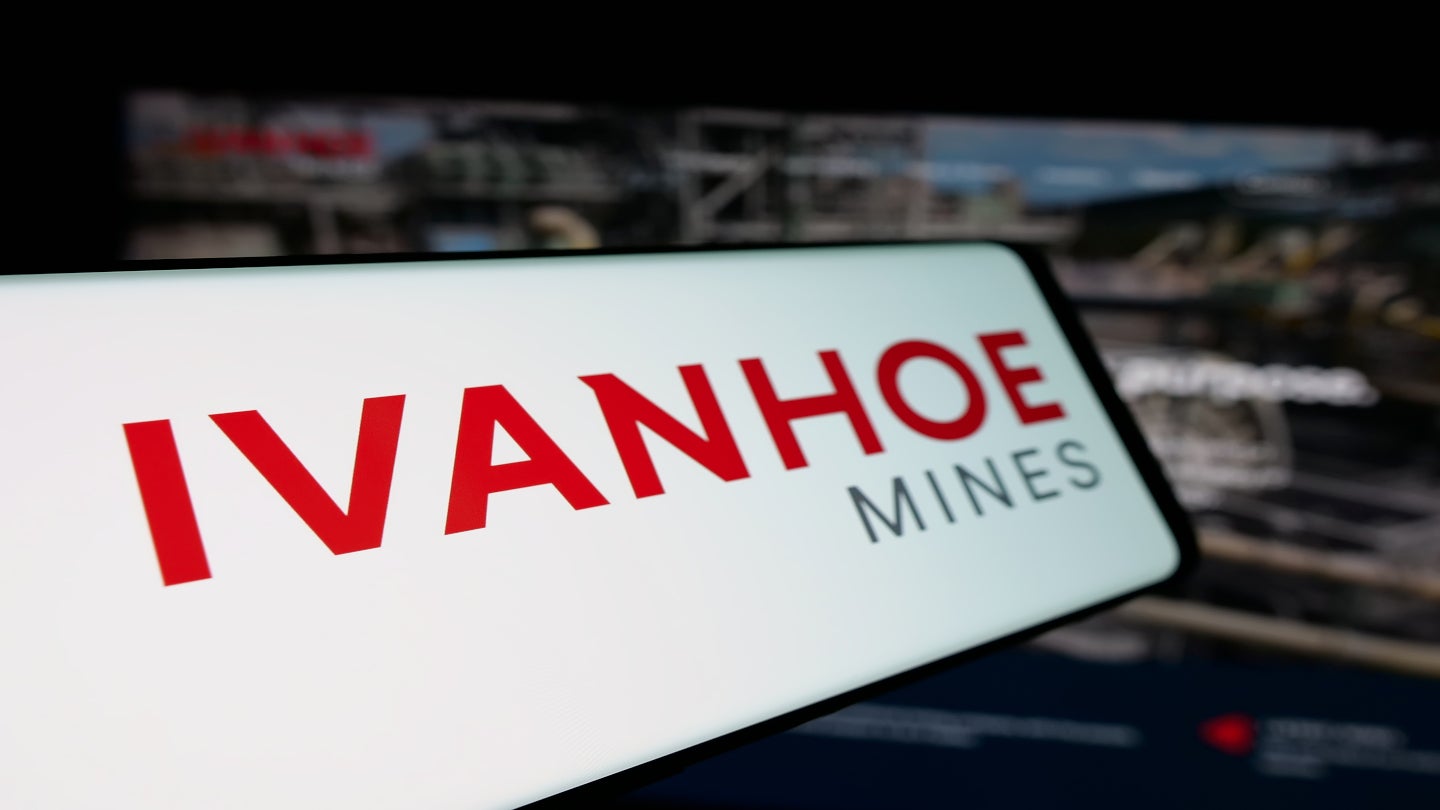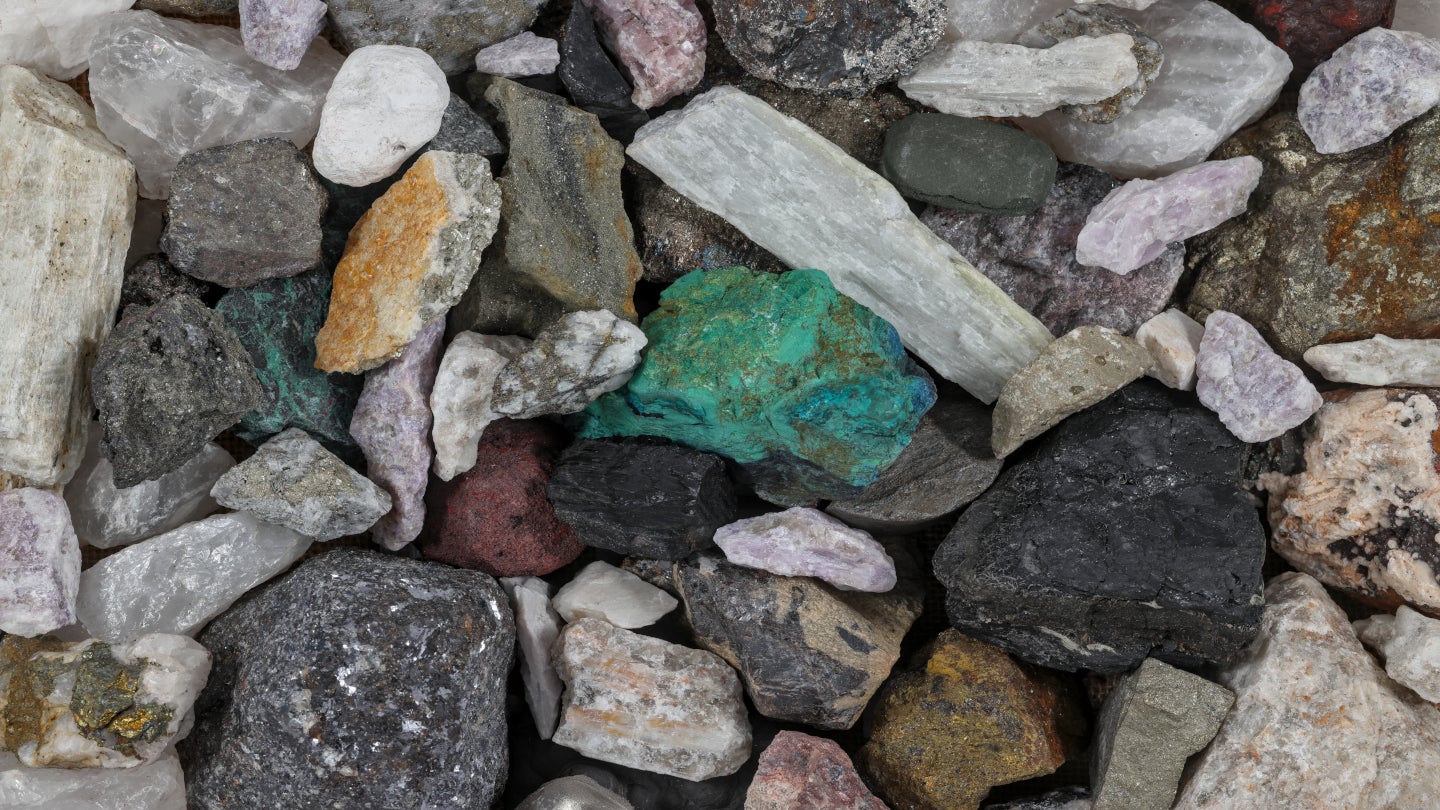ROS‐Responsive Hydrogel Delivering METRNL Enhances Bone Regeneration via Dual Stem Cell Homing and Vasculogenesis Activation
Advanced Healthcare Materials, EarlyView.

In this study, an innovative hydrogel scaffold is developed by loading ROS-responsive scavenging GelMA hydrogel with METRNL (RRG-MRL), serving as a “bone microenvironment-modulating system”. This ROS-responsive hydrogel achieves scavenging of ROS together with a slow release of METRNL. The released METRNL recruits osteogenic stem cell and enhances angiogenic processes, resulting in sufficient vascularized bone regeneration.
Abstract
Critical-sized bone defects arising from bone-related diseases pose a clinical challenge, exceeding the body's natural healing capacity. Evidence has shown that a disordered microenvironment characterized by reactive oxygen species (ROS) overproduction, vascular damage, and osteoblast deficiency severely hinders bone repair. Therefore, the reconstruction of microenvironmental homeostasis post-injury is of utmost importance. Herein, a ROS-responsive scavenging GelMA loaded with METRNL (RRG-MRL) is developed, serving as a “bone microenvironment-modulating system” for targeted delivery of METRNL, which stimulates bone marrow mesenchymal stem cells (BMSCs) homing and angiogenic sprouting. Upon exposure to elevated levels of ROS within the defect region, ROS-cleavable NHS-TK-NHS linkers are disrupted, triggering responsive degradation and METRNL release. This treatment significantly reduced ROS levels and alleviated inflammation, along with increasing the levels of anti-apoptotic factors. Meanwhile, released METRNL induced endothelial cell angiogenesis by activating the c-Kit/PI3K/Akt pathway and increased secretion of SDF-1α (CXCL12) to promote BMSCs recruitment. Rat models of cranial bone defects treated with RRG-MRL demonstrated reduced ROS signal intensity in situ, increased endogenous BMSCs count, and enhanced neovascularization, resulting in accelerated bone regeneration. The proposed platform offers a multistage therapeutic approach facilitating rapid reconstruction of microenvironment homeostasis to promote bone regeneration, indicating significant clinical potential.

































































